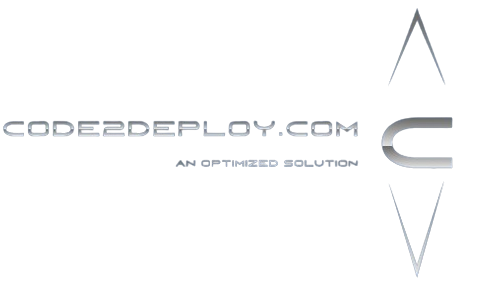Kubernetes controllers are control loops that watch the state of your cluster’s resources and take corrective action to move the current state towards the desired state. Here’s how Kubernetes controllers work:
- Observation:
- The controller continuously watches the state of specific Kubernetes resources, such as Pods, Deployments, Services, ReplicaSets, StatefulSets, ConfigMaps, Secrets, etc.
- Desired State:
- Each controller has a desired state defined by the user or system. This desired state is usually specified in a Kubernetes manifest or through the Kubernetes API.
- Comparison:
- The controller compares the observed state of resources with their desired state. It identifies any discrepancies between the two states.
- Reconciliation:
- If there are discrepancies between the observed and desired states, the controller takes corrective action to reconcile them. It performs operations to bring the actual state of resources closer to the desired state.
- Continuous Monitoring:
- Controllers continuously monitor the state of resources and perform reconciliation as needed. They ensure that the actual state of resources matches their desired state at all times.
- Handling Events:
- Controllers handle various events that occur within the cluster, such as creation, deletion, modification, and failure of resources. They respond to these events by initiating reconciliation processes.
- Control Loop:
- Controllers operate as control loops, where they repeatedly observe, compare, and reconcile the state of resources. This ensures that the cluster remains in the desired state despite changes or failures.
- Custom Controllers:
- Kubernetes allows users to create custom controllers tailored to their specific use cases. These custom controllers extend Kubernetes functionality by managing custom resources and implementing custom business logic.
- Controller Manager:
- Kubernetes includes a component called the Controller Manager, which manages various built-in controllers, such as the ReplicaSet controller, Deployment controller, StatefulSet controller, DaemonSet controller, Service controller, etc.
- High Availability:
- Kubernetes controllers are designed to be highly available and resilient. They run as multiple replicas across the cluster to ensure redundancy and fault tolerance.
In summary, Kubernetes controllers play a crucial role in ensuring that the state of resources in the cluster remains consistent with their desired state. They automate the management of resources, handle events, and maintain the desired state through continuous monitoring and reconciliation processes.

